
Jianghan Road in Wuhan throngs with shoppers and strollers bundled up against the late December freeze. Bells ring out on the hour from the landmark Hankou Customs House where the road terminates near the wide banks of the Yangtze River.
Restaurants along the city’s main pedestrian thoroughfare are packed, even on an icy weekday night, and resound with loud conversation.
The bustle, bright lights and din of the street appear to show a city back to some normality one year on from 31 December 2019, the day that health authorities in the city reported an unknown pneumonia outbreak to World Health Organization (WHO) colleagues in Beijing.
Wuhan: from lockdown to the new normal – in pictures
Read more
But under the surface a struggle continues between residents of the city that was the first to feel the pain of the coronavirus pandemic and authorities over how to remember the initial response to the crisis.
“In the coming days I think people will have a bit of fear,” said 22-year old Zhou Xiangning, a Wuhan resident who caught the virus in mid-January. “Not a fear of the virus returning, but fear from the memories of that time,” he said over a steaming bamboo tray of soup filled thin-skinned dumplings.
Wuhan and its roughly 11 million residents were abruptly locked down on 23 January after weeks of being told that the virus was controllable, preventable and not contagious. The aim was to limit greater spread of the disease that has since become known as Covid-19, and that has spread around the world and killed almost 2 million people.
In Wuhan, many people are still guarded about what they can and cannot say about what happened a year ago and the lessons they learned.
In April, after 76 days, Wuhan emerged from lockdown. Aided by thousands of local volunteers who delivered and distributed scarce PPE and food supplies and drove ill people to hospitals; by doctors and nurses working until collapse or until the virus overtook them; by workers who built temporary hospitals in a matter of days to relieve inundated facilities, Wuhan made it through.
The memory the Chinese Communist party wants people to keep, though, is of the larger national effort to control the outbreak. The inrush of medical staff and People’s Liberation Army soldiers from provinces across China and the emergency response from the central government after 23 January get key billing.
A three-month exhibition showcasing China’s coronavirus response, nearing its end in Wuhan, captures all this and more. It paints a China triumphant over the virus, with inconvenient narratives left out.

But there is no mention of Dr Li Wenliang, the ophthalmologist hailed as a whistleblower after being reprimanded by police for warning colleagues about a “Sars-like illness” on 30 December last year, and who later died from Covid. Anything gaining traction on Chinese social media not supporting the correct collective memory is swiftly censored.
What still irks some Wuhan residents is the downplaying of the seriousness of the virus in the weeks before the lockdown, when people such as Li were trying to sound the warning.
One of those was Zhang Hai, who lost his 76-year old father on 1 February. Zhang believes the death could have been prevented if it was known the virus was contagious in mid-January, before he decided to return to Wuhan from Shenzhen after his father broke a leg.
“I won’t rest until [Wuhan officials] are held accountable,” Zhang said. He has drafted a letter to the Chinese president, Xi Jinping, calling for local officials to be held accountable for the period from 31 December to the 23 January lockdown, but his efforts, along with those of several other families, to sue the local government have so far come to nothing.
Wuhan Covid citizen journalist jailed for four years in China’s Christmas crackdown
Read more
“They want to sell a story that they effectively controlled the virus here, but they also try to wipe out the cause,” Zhang said. “The cause is concealing and covering up the information early on, but they seem to only focus on the results afterwards. That does nothing to wipe the pain out of the hearts of those who lost family members.”
Han, still grieving from the loss of her father to the virus in February, does not want her full name used out of fear of retribution by authorities. She also wants the mistakes from that period exposed with a proper investigation.
Her father became infected a few days before the lockdown but was not given a test for Covid, so he was not counted in the death toll. Han said authorities could have done more to warn residents.
Zhang and Han said they hoped the forthcoming investigation by the WHO into the virus outbreak would also take into account the actions by the local government during the first three weeks of January 2020.
WHO officials have said the investigation, which will commence after the team arrives in January 2021 and undergoes a 14-day quarantine, will focus strictly on determining possible zoonotic sources of the virus.
The starting point for the WHO team is expected to be the South China Seafood Market, where a large quantity of virus samples were detected after it was closed and sanitised on 1 January 2020.
There appears to be little to look at now. Wet snow mixed with a biting wind swirls around the shuttered market. A 8ft-high wall covered in placid scenes of misty mountain tops blocks any view inside the now soundless building.
Han hopes that one day the world will know what happened at the start of the outbreak. “Before the pandemic I had faith in the government, but after this it feels like telling the truth is so difficult,” she said. “I hope more people can speak up and tell the truth without fearing someone will come after them.”


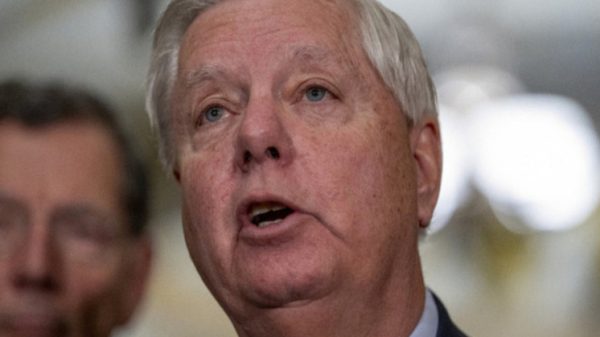

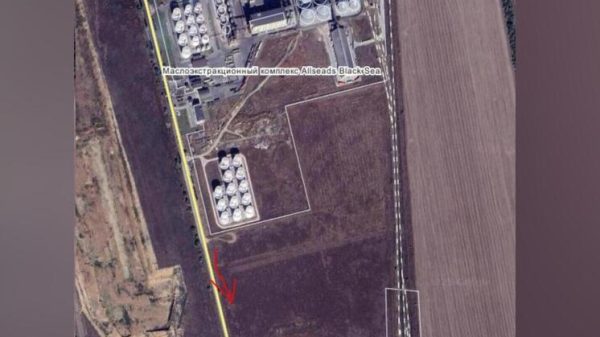


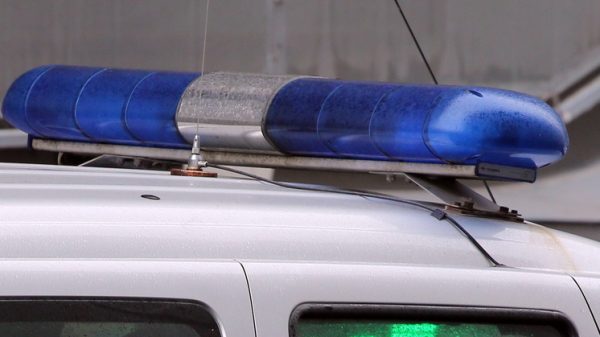
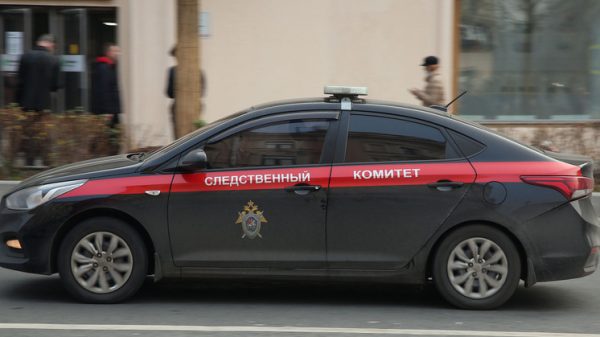
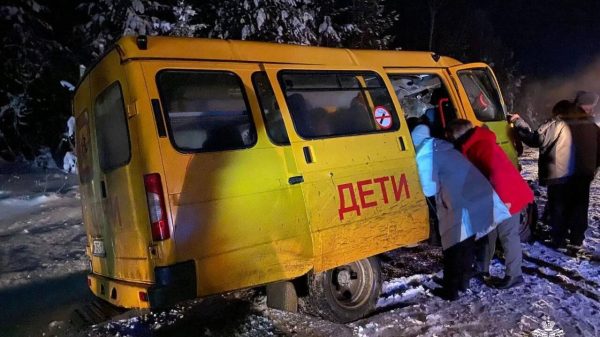
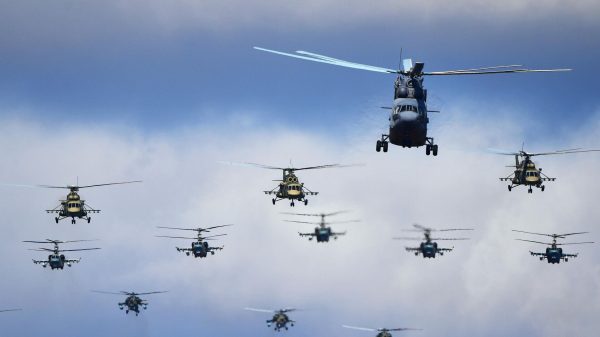
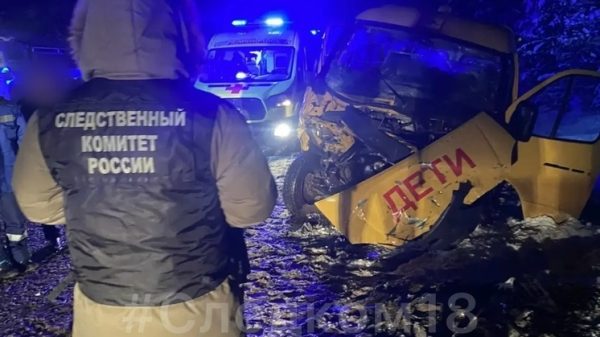

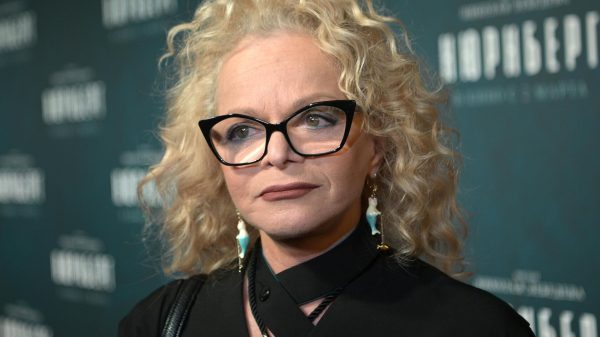



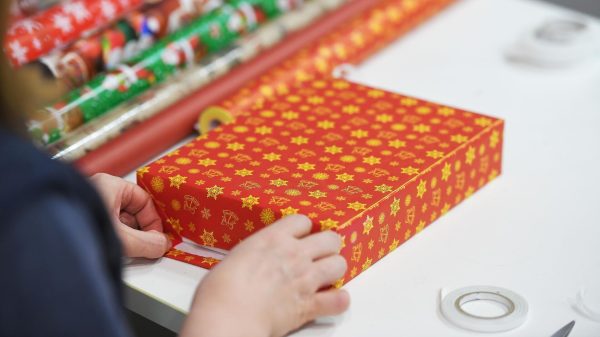
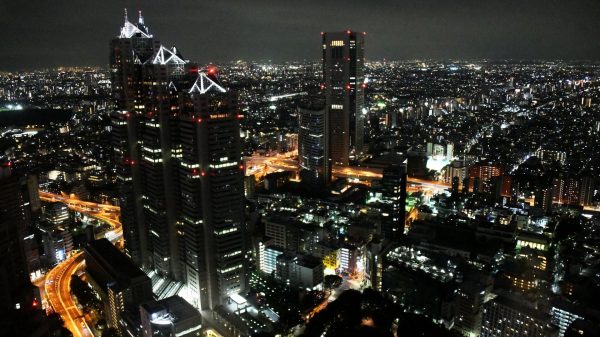


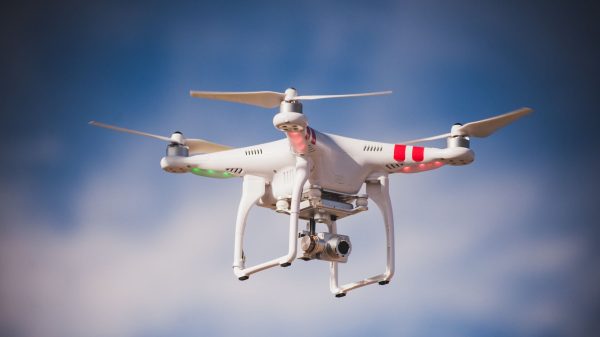















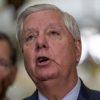
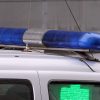






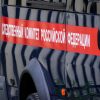




Свежие комментарии